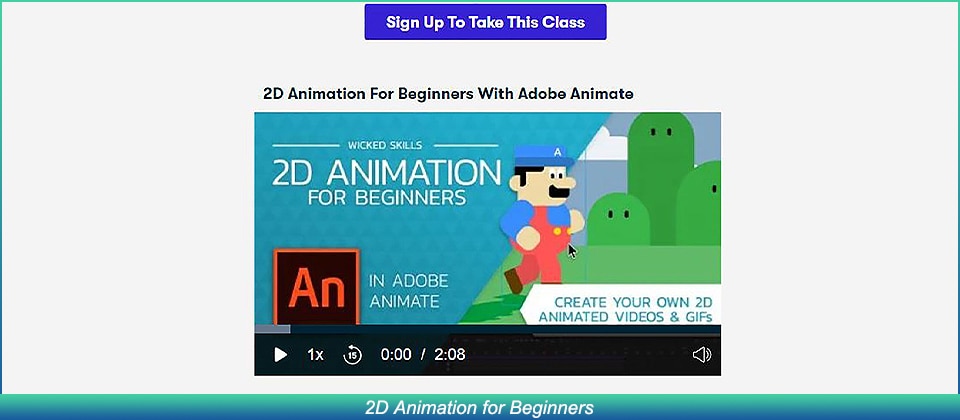

This floating line is probably too high or too low. If you’ve already set your end keyframe, After Effects will drop one here by default for you. You will notice that the “height” of your shape becomes 0. Then, type “0” for the second scale value. This means that the object will always scale proportionately–but for pop-up shapes, we don’t want that. Beside the “scale,” you’ll see a link icon. Move your playbar to time 0, the start of the video. Start with your first object-the center of your image. If it helps to hide all of the other layers so you can only see one at a time, press the eyeball on our other layers to hide or show it temporarily. This is where it gets a bit complicated, but we’re going to move layer by layer. Shape by shape, animate the objects into the frame.On one of them, “expand” the layer view so that you can see the transform options. Move your playhead to three seconds (or whenever you want the shapes to be done moving.) Highlight all of your layers by pressing command/ctrl+A. Before we begin, let’s set a keyframe for all of these objects so that they come back to this location at the end of the vector animation.

Not sure why I chose lilac as my background color. You are finished with this step when the object looks the way it is meant to be when the animation finishes. That was two light gray rectangles, one light gray circle, and ten dark gray rectangles. All of my shapes in the After Effects timeline. Make sure to arrange the layers so that the objects on top are above the ones below. Before you draw a new shape, make sure you don’t have any of your existing layers selected or After Effects will make an annoying “shape group.” Arrange them to make your object. Then, create your shape layers by clicking the rectangle or circle tools in the toolbar and just dragging on the screen. You can use absolutely anything for the size and length-this whole effect should only take a few seconds on the timeline to animate in and out. Create your After Effects file and sequence. A helpful visual for how overlapping shapes can create a more complex shape. Notice how the two rectangles and a circle create the building.

My finished shape (left) and all of the pieces that it took to create (right) Sometimes it can be tough to visualize this “breaking apart” process, especially if you’ve never used your brain in that way before! I like to imagine overlapping shapes as different colors, similar to the picture below. (For the sake of this tutorial, I’m doing a simplistic government-style building, with a dome and columns.) In your head, think about the shapes it takes to make it.

Think about the shape you’re going to build. Therefore, hardware acceleration only works when transform itself is animated. Note on transform: Motion allows animating independent transforms like x and scale, while browsers don't. #Supported valuesĭifferent browsers are capable of accelerating different values so Framer Motion supports a superset of them. It even does some work to ensure features that don't traditionally work on the GPU are supported, like spring animations, custom easing functions, velocity transfer and animation interruption. For this reason, Motion's hybrid engine intelligently decides when an animation can safely run on the GPU, falling back to JavaScript animations when it needs the additional functionality. However, native browser animation APIs offer fewer features than Framer Motion's JavaScript animations. GPU animations are also more energy efficient, leading to lower battery usage. Running animations on the GPU enables smoother performance, especially in situations where the main JavaScript thread becomes busy. Browsers are able to run some animations via the GPU using CSS or the Web Animations API (WAAPI).


 0 kommentar(er)
0 kommentar(er)
